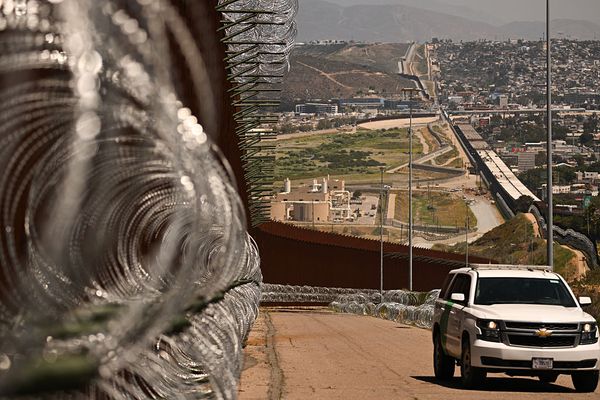Are you considering buying fire boards for a new building project? That would be a commendable decision. For DIYers new to construction materials, don’t feel left out. Keep reading to learn more about fire boards—what they are, why we use them and where to use them.
Why Use Fire Boards?
Fire boards are technical products used to fireproof spaces. They can be used indoors and outdoors, but fire boards for each category undergo distinct treatment procedures.
Fire boards for exterior construction are optimised for the elements and temperature fluctuations. This type tends to be sturdier. Fire boards meant for internal use should only be used inside, never externally, since they have not undergone special treatment to keep them exterior-ready.
These boards differ from regular sheet materials in that they are processed for heat and moisture resistance. But what makes them stand out is their low thermal conductivity, with many fire boards designed to withstand over 1000°C. They have a non-combustible core that won’t burn if a fire breaks out. Instead of bursting into flames, this bit simply chars, thereby slowing the spreading of fire.
Materials Used To Make Fire Boards
Manufacturers use different materials to make fire boards. The most popular are:
- Wood veneer and laminates.
- Plywood, OSB, MDF and wood are top material choices.
- Cement-bonded fibres
- Cellulose fibres
- Calcium silicates
- Aluminium-magnesium silicates
Fire Board Rating
Each fireboard has a fire rating indicating its fire protection level. All fire boards sold in the UK are grouped according to the Euroclass fire classification system, where ratings range from A to F. Here’s the breakdown of each fire rating:
- Euroclass A1 and A2—This is the highest rating. It indicates non-combustible materials. Fibre cement and silicate boards fall under this category.
- Euroclass B, C, and D—Indicate low to medium combustibility. Most wood-based fire boards fall under Euro Class B.
- Euroclass E and F—This is the lowest rating. It applies to highly combustible materials. Naturally, fire-retardant boards have a higher rating than this, so you shouldn’t find any with an E or F rating.
Quality fire boards can buy building occupants an hour or more to escape or seek the intervention of fire services. Some offer as much as three hours of fire protection, possibly more. Check the rating before buying to know if it suits the intended application.
Benefits of Using Fire Boards
Installing fire boards offers numerous benefits. Here’s why you should invest in these specialised boards:
- They are fire retardant.
- They have high-temperature resistance.
- They are moisture-resistant.
- They dampen sound transmission.
- They bolster insulation.
- They produce minimal dust during processing.
- They can be painted, tiled or plastered.
- They do not contain toxins. Some options contain 100% natural materials.
- They help you attain building code fire-rating requirements.
Fire Boards made from gypsum and processed wood are also:
- Lightweight.
- Easy to process using wood tools.
Where To Use Fire Boards
There are numerous ways to use fire boards, with the most common applications being:
- Walls
- Partitions
- Ceilings and roofs
- Garages
- Corridors
- Floors
- Door facing
Some fire boards have decorative patterns, making them perfect:
- Fireplace and stove covers
You may install a fire board in any place that requires rigorous fire control. That applies to residential and commercial buildings. But beyond its unmatched fire performance, the fire board offers additional benefits. For example:
- Fire boards help with room insulation.
- They enhance heat retention and eventual redistribution.
- They offer moisture protection due to their high water resistance.
Fire Board Installation Tip
After fixing the fire board, fill any spaces on the wall or ceiling with fire mastic or fire socks.
Pay attention to gaps between the floor joists and in the corners. The idea is to seal all gaps through which flames might escape in case of a fire, thus boosting the wall or ceiling’s fire resistance.
For those sourcing certified fire-resistant sheet materials, Sheet Materials Wholesale – the UK’s leading supplier of fire-rated boards and structural sheet products – offers one of the most comprehensive ranges on the market.
Their stock includes:
- Fire Retardant MDF
- Fire Retardant Plywood
- Fire Retardant Chipboard
- A1/A2-Rated Non-Combustible Boards
All products are available with fast delivery across England, complete with full technical specifications and trade support.
FAQs
- Are all fire boards made using gypsum?
While most fire boards have a gypsum core, some don’t. Gypsum fire boards look just like regular drywall. However, most are pink on one side and brown on the other to distinguish them from other gypsum boards. Even without the colour tags, manufacturers make it clear which boards are regular and which are fire boards.
Some manufacturers use silicate minerals and other fire-resistant materials at the core of fire-treated veneer to make fire boards. Others use cement and cellulose fibres or heat-treated wood flakes to make cement fibre boards. Fire board manufacturers always specify what materials they’ve used in making the product, so you always know what you’re getting.
- Can I paint my fire boards?
Yes, you can paint fire boards to match the rest of your interior or give them a more decorative finish. Using fire-retardant paint is preferable as it builds on the fireboard’s fire resistance. Note that you’ll need several coats of paint to get a good finish.
- How do I fasten my fire board?
You can fasten fire boards using one of three ways: nails, screws, or adhesive. Nails are best for attaching fire boards to wood. It’s advisable to reinforce each nail with a second nail at a two-inch distance to keep it from popping. Use screws when fixing the fire board to metal. They can also be used on wood. The third option, adhesive, is best for securing fire boards onto old drywall, plaster or panelling. Reinforce the adhesive further using nails or screws.







